The research base at Alexandra Fiord has been made possible due to an old RCMP station that was built back in the 1950s. The buildings at Alexandra Fiord were put up by the Canadian Government in order to secure sovereignty across the Canadian Arctic, and involved relocating Inuit families from Northern Quebec to several High Arctic locations where they were to establish small communities. In return, the Inuit were promised abundant hunting grounds and a better life – empty promises and a dark reminder of the injustices, historic and ongoing, that the Inuit, Métis, and First Nations of Canada have endured at the hands of the Canadian Government.
The intention was for Alexandra Fiord to be one of the communities established – in addition to the communities at Resolute Bay on Cornwallis Island and Grise Fiord on the southern tip of Ellesmere Island. However, although Resolute Bay and Grise Fiord were established and continue to be inhabited, the community at Alexandra Fiord never came to be. For around 10 years, from 1950-1960, Alexandra Fiord functioned as an RCMP post with RCMP officers and Inuit constables stationed there. However, it eventually closed, and remained largely unused until Greg’s research team began their studies in the early 1980s.
The way that the research at Alexandra Fiord came to be was more or less by accident – it was originally discovered en route to a different field site, when poor weather forced an emergency landing at Alexandra Fiord. It was Greg’s PhD supervisors who originally changed their plans and moved their research to Alexandra Fiord, where Greg would complete his PhD work and soon take over the research site. Alexandra Fiord proved to be a unique site for Arctic research, because it is considered a polar oasis. In comparison to the dry, barren polar deserts that make up the majority of the High Arctic, Alexandra Fiord – because of its sheltered topography and many water sources – is home to a relative abundance and diversity of species and wildlife.
The research crew originally only used the buildings for lab work and cooking, and slept outside in tents. But eventually, increased polar bear activity became a cause for concern, and the research team was granted full access to the buildings. The buildings still stand intact as the RCMP left them and carry a well-kept legacy of the time they were built and the people that have been occupying them through time.
Sofie, Jakob, and the Tundra Ecology Lab
Amplis Foto is joining Greg and his research crew this summer to document it all – in the hopes that we can help tell a story that will educate and inspire viewers about the science, history, and importance of this remote and beautiful part of the world.
Read the previous articles:



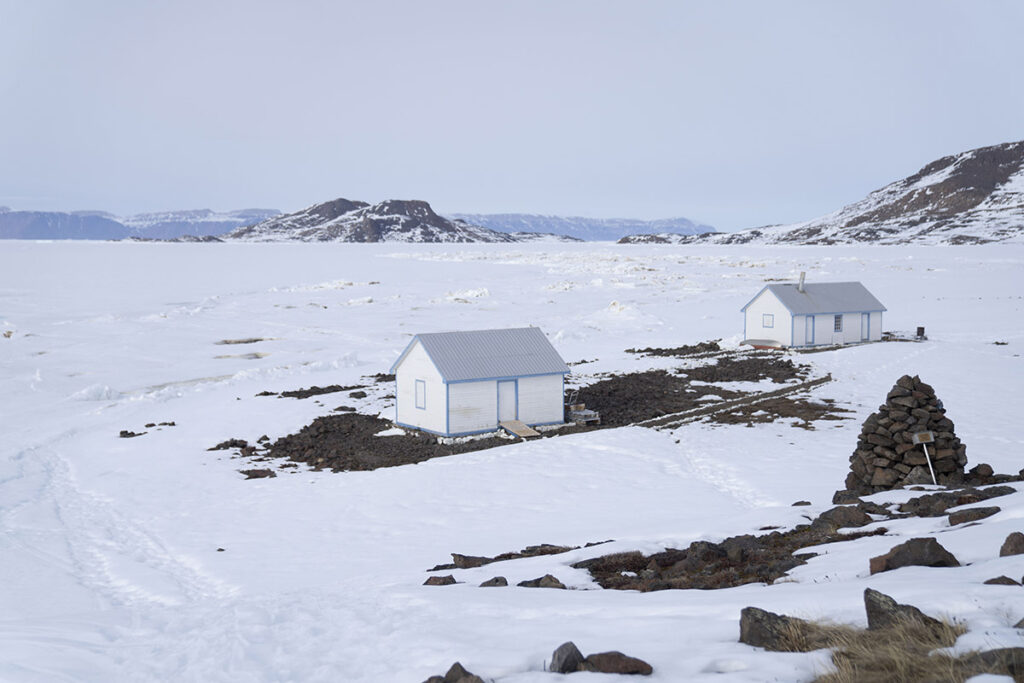
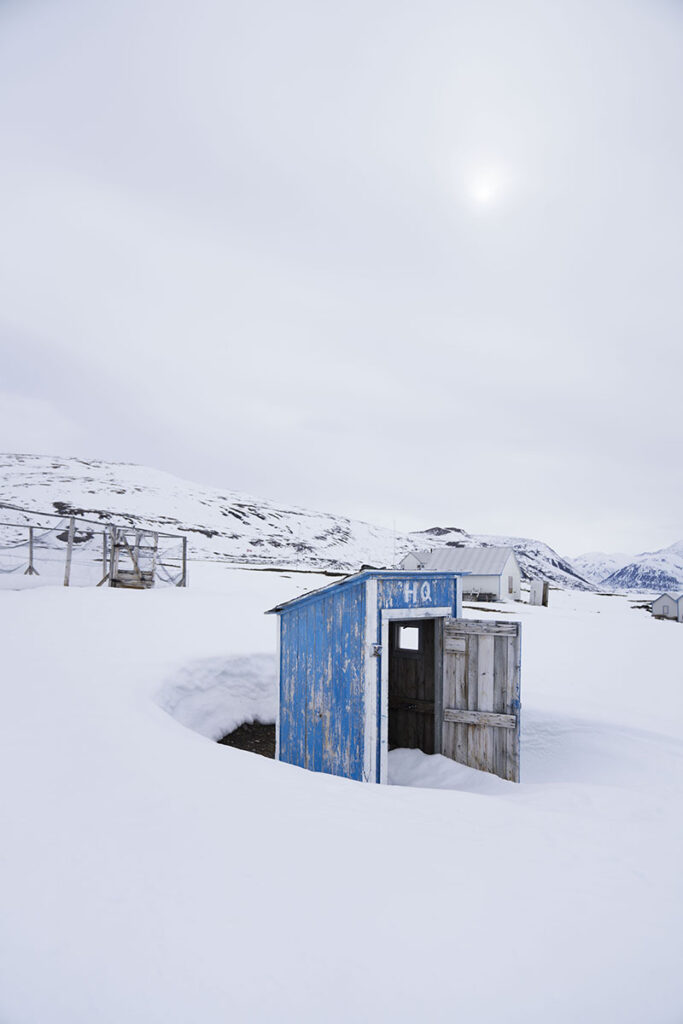
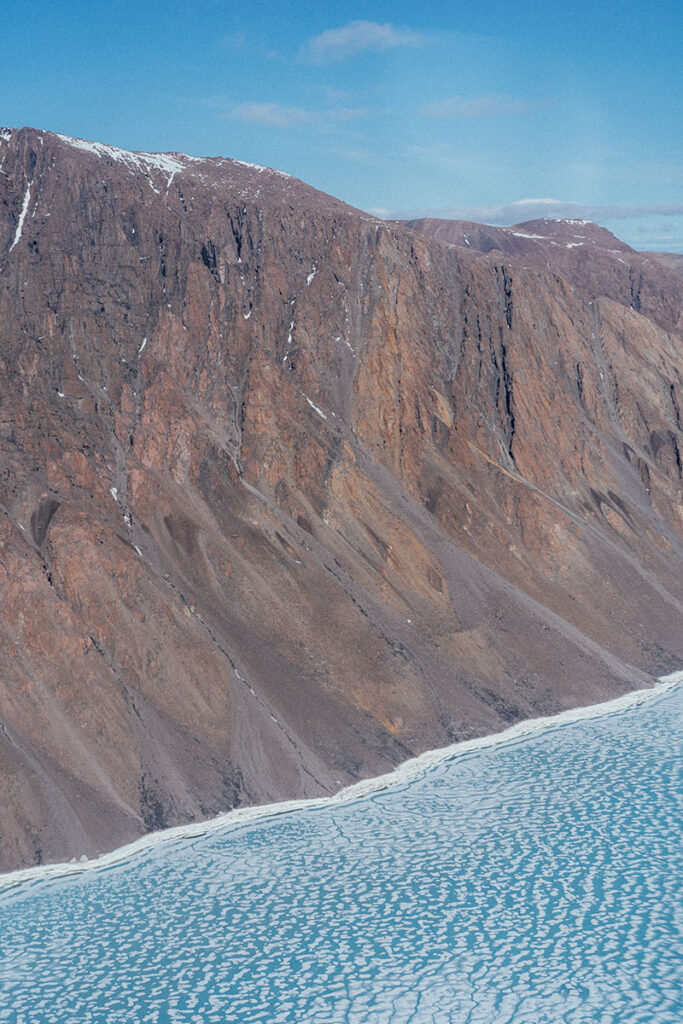
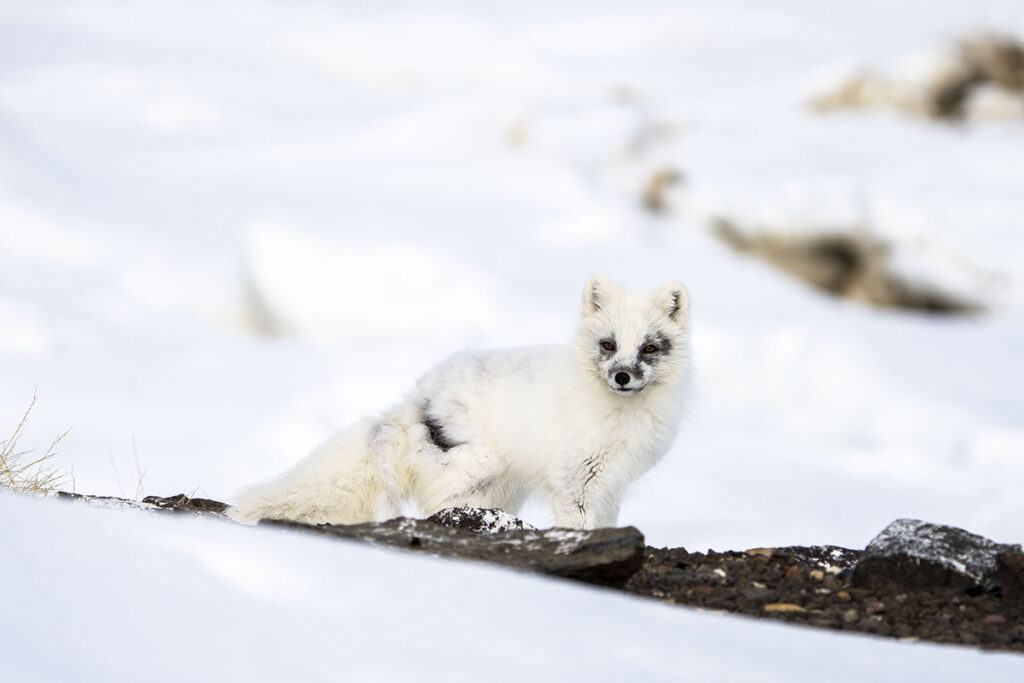
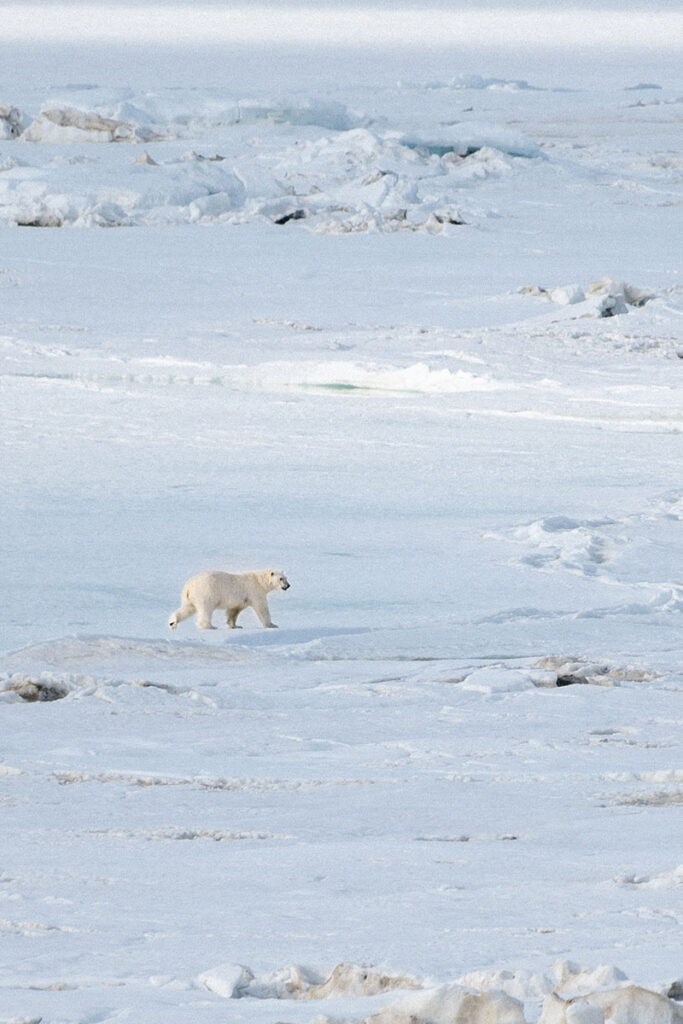
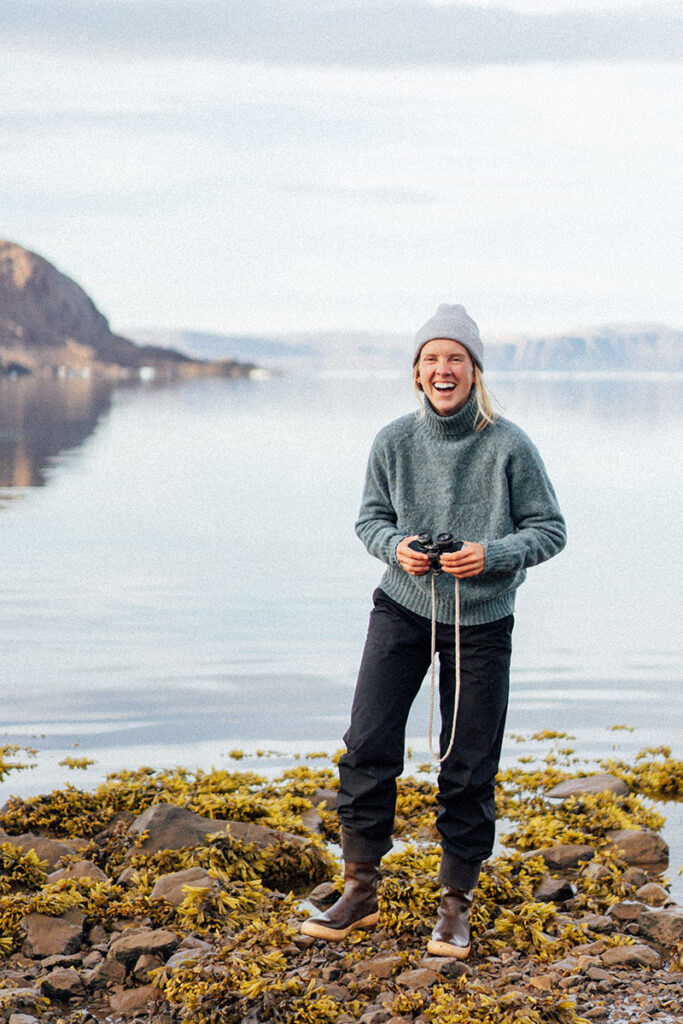





Great article! Combining research with adventure. Wondering what the technique is to capture images that have such a white, bright background? Retaining detail in the snow yet not under-exposing a target subject.